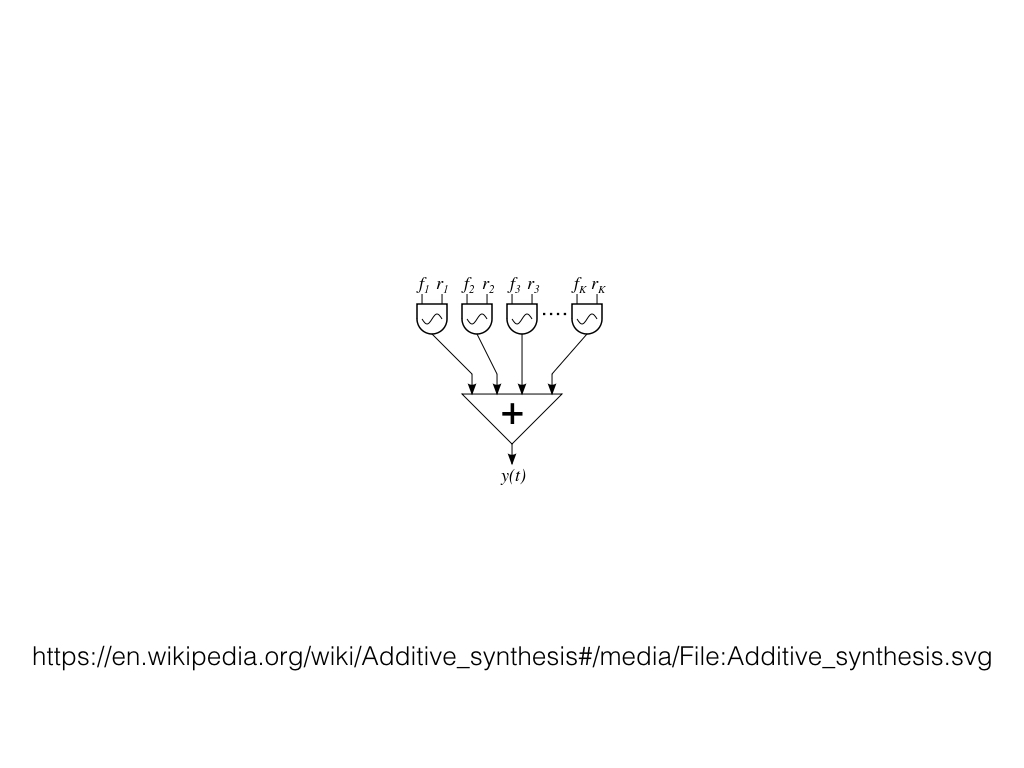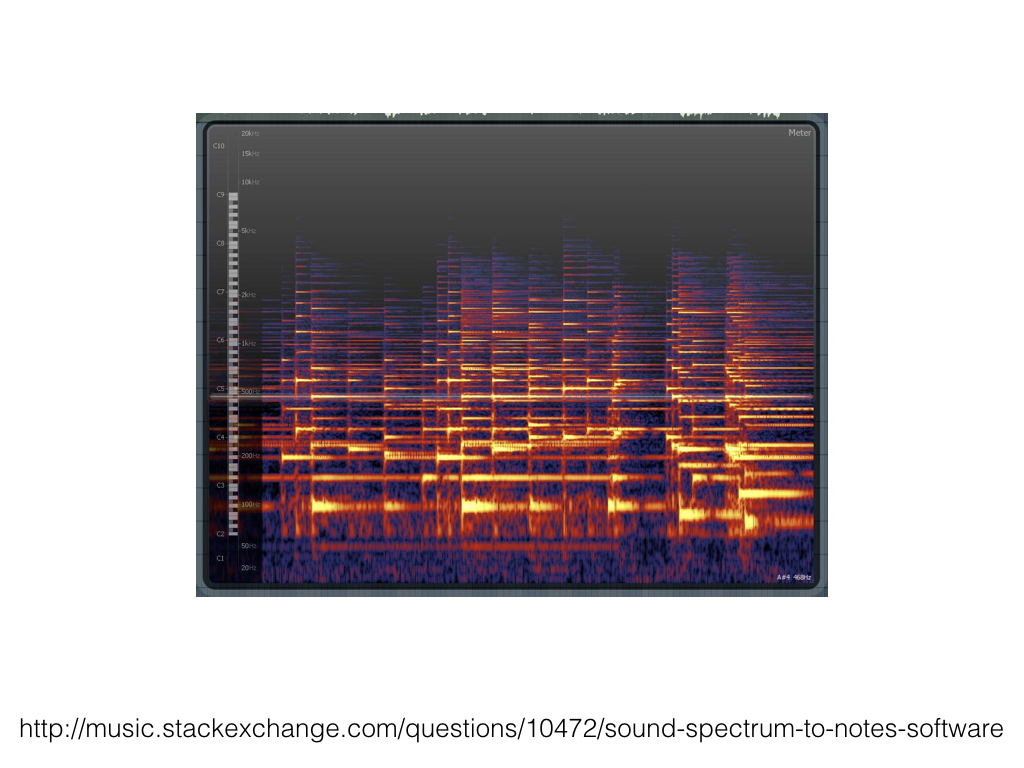Page Card
Additive Synthesis
Belongs to subject Additive Synthesis
Sound synthesis is the process of combining two or more sounds. Additive synthesis is a sound generating process. Additive synthesis combines waves in a variety of amplitudes, frequencies, and phases. These waves may change in these properties over time. Often these waves are all sine waves. The purpose of additive synthesis is to replicate an existing color. Or, we can use additive synthesis to explore new sound colors.

All sounds are many sines waves playing at the same time. Additive synthesis can create any sound possible. In fact, most non-sine oscillators use -- or used -- additive synthesis to generate their sound. For example, the square wave starts with a sine wave at its fundamental frequency. Then, the module adds more sine waves at the odd numbered harmonics at amplitudes of 1 / h. The result is the square wave sound.

An important feature of additive synthesis that the properties -- amplitude, frequency, and phase -- vary over time. Some additive synthesizers will also add variation in the space of the sound. The beginning, middle, and end of a sound will have a somewhat different colors.

Additive synthesis is likely the most powerful technique to produce sounds. But, the process can be expensive for the computer to calculate.